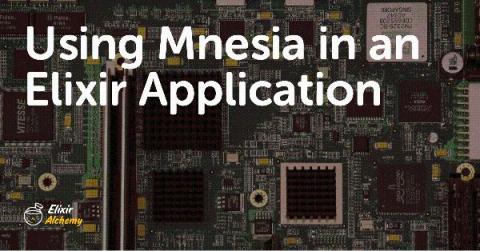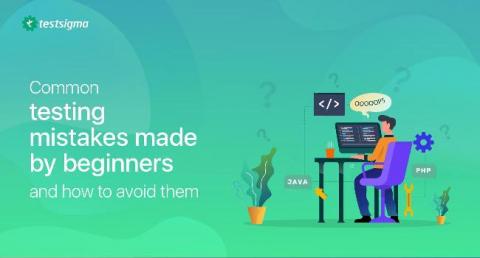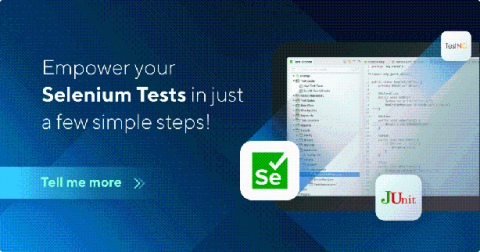Why Support and Professional Services Collaboration is the key to success for Government Projects
While cloud providers and data analytics firms are proliferating across markets and landscapes, what distinguishes one from another? How can you know which one holds the keys to your agency’s digital transformation? The reality is that no matter how slick the advertising, how pervasive the presence across conferences and webcasts, or how high the C-suite’s former government offices … it’s the offerings that matter most.








